The integration of artificial intelligence (AI) into games does more than just take the technology to a new level; it changes the way players perceive these games and forces creators to think outside the box, thereby raising the bar as far as originality and involvement are concerned.
AI is used in game development to generate intelligent behaviours through many technologies and techniques, including procedural content generation (PCG), adaptive study, and real-world non-player characters (NPCs). In PCG, AI automates many processes, like environment setup and level development, to conduct actions that result in complicated game events. AI game algorithms are applied to analyze player behaviour and make real-time adjustments to enhance player satisfaction and engagement. Unpredicted and lifelike improved NPCs and AI opponents also assist in achieving this. Additionally, Natural Language Processing (NLP) allows for natural communication with NPCs which improves player involvement and narrative.
This article will discuss how AI has evolved in the design of games, its influence during game development, and provide several examples of AI-powered games in the interactive entertainment industry that is currently undergoing dramatic innovations due mainly to new technologies used in both AI programs and interactive media content.
History of AI in Game Design
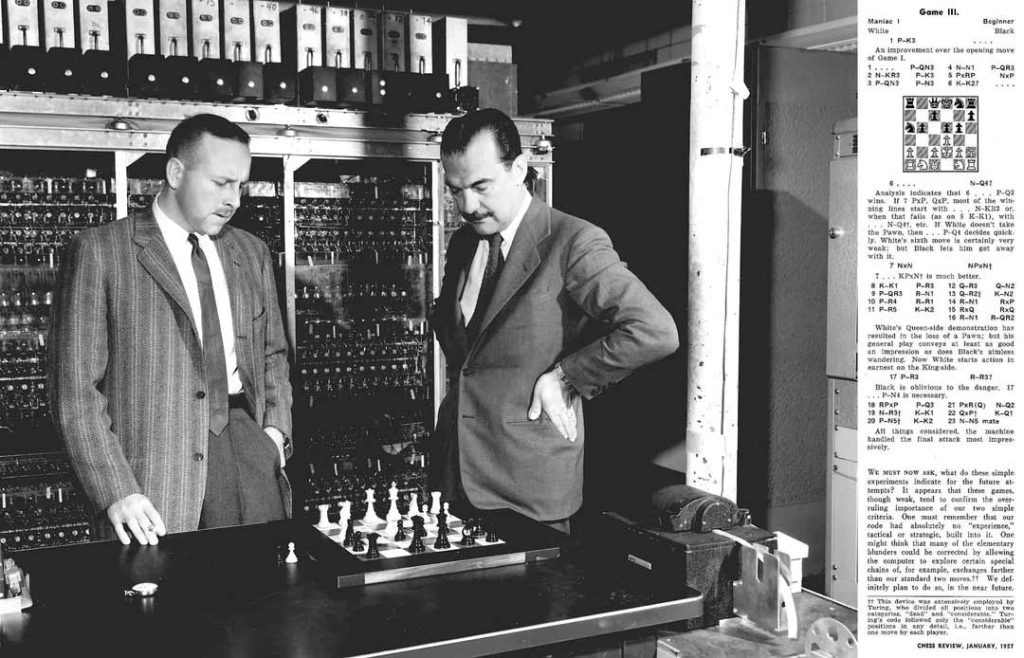
(u/city-of-stars)
The history of AI in game development spreads over several decades and dates back to the initial days of computer gaming. Games were introduced to AI in the 1950s and 1960s when Alan Turing’s chess algorithm and Arthur Samuel’s checkers program were developed as the first systems for machine learning.
In the 1980s, games began to integrate AI in a big way by designing advanced algorithms; enemy behaviour was controlled by infamous arcade games such as Space Invaders and Pac-Man. During the 1990s, AI abilities improved significantly with the release of a game known as Doom, the enemies of which were more complicated in navigation because they could move through a 3D world. The technology continued advancing in the 2000s when game designs utilized algorithms for content generation; for instance, No Man’s Sky used algorithms to form huge original landscapes.
In recent years, AI has been used to create more personalized and adaptable gameplay experiences by studying how players act to design tests and stories that suit them best. Developers also use NPCs to improve interactions between players and the virtual environment. Integrating AI with machine learning improves the realism of computer games, in particular.
Influence of AI in Game Design
The integration of AI into game design results in more realistic games that allow for increased interactivity. As a result, these are games of constant excitement that change all the time. AI enables developers to use procedural procedures to build huge, complicated areas that guarantee different experiences for every single person who plays, even if they are playing it together with others. Modern AI algorithms enable the creation of complex landscapes, ecosystems, and architectural structures that respond to player interactions and decisions. It is also able to create ultra-realistic environments that respond instantly to player actions.
AI not only enhances realism by simulating complex environmental behaviors and physics like weather patterns, lighting, and natural disasters but also creates a more immersive game world, thus boosting the immersive experience and interactivity and engagement in gameplay. Interactive systems powered by AI-based NPCs can respond in a way that makes the gaming experience unique for each person playing it. This reduces costs associated with long periods of game development while enhancing its virtual reality applications alongside other ways through which people play games.
Case Studies: AI in Game Architecture
AI can be helpful in the gaming industry since it has made playing games more enjoyable as well as made development faster. This is exemplified by the following case studies:
Dwarf Fortress
Dwarf Fortress’ environment generation algorithm creates intricate subterranean defense systems. It is considered one of the best examples of AI in game design. The gameplay remains fresh throughout since it procedurally creates rivers, caves, and chamber layouts. Each session offers new challenges, thereby allowing players to explore different skills. The fine details and variety ensure that players will always find a new gaming experience that suggests dynamic game landscapes through AI-driven procedural generation.
Minecraft
Minecraft uses AI algorithms for the procedural creation of vast terrains in its world that are cubical in shape, such as mountains, forests, caves, or villages, making sure each new game world appears unique from others. The procedurally generated environments set the stage for limitless exploration and creativity, thereby demonstrating AI’s prowess in game design. Hence, this method does not just increase replay value; it further enables players to have an endless array of outcomes, as well as underscoring how important AI has been when it comes to designing games that hold players’ interests in them.
Adaptive Environments in Games
AI technology plays a role in developing game environments tailored to players engaging in gaming with adjustable configurations. Red Dead Redemption 2 is a clear example of this. In this game, every part of the game world transforms concerning what players do next. AI plays a significant role, which includes alterations of wildlife behaviors, NPC interaction changes, weather changes such as snowfall or rain, and even day/night progression cycles shifting in real-time, therefore making it more realistic.
The interactivity and detailed design at this level capture players, making everything somehow real in a way rarely found in games. Adaptive environments take gameplay experience to a new level as they respond to players’ decisions and actions, thus ensuring that there is a personal element in each player’s journey into the game, which was designed for unpredictable outcomes.
By fusing AI-powered reactivity with fidelity to environmental simulation, the game not only mesmerizes players but also enhances the game’s narrative complexity and emotional responses. Red Dead Redemption 2 sets a new standard for experience-based game design in interactive storytelling of the future, establishing an immersion benchmark through AI-influenced adaptive worlds.
AI-Driven Environmental Storytelling
The criticality of AI in environmental story-telling is quite evident in some games, such as The Last of Us Part II. The game’s terrain, for example, is expertly ornamented with subtle environmental details that allude to historical events. The placement of items, the condition of buildings, and the interactions with NPCs all contribute to a captivating plot that enhances player immersion.
The player’s engagement is increased when AI is used in environment-based storytelling because it allows the player to piece together stories and parts as they amusingly navigate, encounter, and engage with them. As a result, this aesthetic enhances the gaming experience while also adding depth to the narrative and making the game more emotionally charged. AI also aids in the creation of dynamic, player-responsive settings for video games that evoke realism and, consequently, naturalness and a desire to keep playing.
The Role of AI Tools
AI-powered tools’ role in helping developers brainstorm, create prototypes, and refine game ideas. This revolution in technology, specifically in the gaming sector, is epitomized by tools such as Ludo, Luma Genie, Meshy AI, and Rosebud.
Ludo
Ludo, an AI-powered game development platform, enables faster game building through automated design suggestions and procedural content generation, leveraging the power of AI to simplify asset production, level design, and game mechanics, thus enabling developers to produce high-quality games more reliably. Ludo assists indie and large studio developers with generating ideas, prototyping, and playtesting, thereby serving them well since it is a highly adaptable tool. Making use of AI in its operations, Ludo streamlines game design works and fosters more creative ideas.
Luma Genie
With the help of AI, the Luma Genie helps create video games by helping to shape their plot, create engaging locations, and produce material in real-time. The tool itself closely monitors and learns from each player’s action using a sophisticated algorithm to enhance player engagement and personal experience. Luma Genie’s advanced algorithms enable it to generate complex storylines, varied character interactions, and intricate gaming environments. With the use of this technology, game developers may be more creative and efficient with their time while creating games.
Meshy AI
Meshy AI’s main area of expertise is using AI to create 3D models and textures, which assist game designers when they develop visually attractive and detailed gaming elements. This tool provides a manner through which assets are created easily by automatically producing high-quality meshing and textures that are guided by developers’ requirements. Meshy AI simplifies the process of game design by decreasing manual creation and design of textures, which allows artists to better concentrate on the creative aspects rather than technicalities therefore, it’s beneficial, especially in rapid prototyping and iterating game designs.
Rosebud
Rosebud is an AI system that streamlines character creation and animation using advanced machine-learning techniques to increase game output. It can quickly, accurately, and authentically generate both character animations and characters and respond to a wide range of stimuli. Rosebud enables the generation of various versatile characters in different game scenarios. Hence, Rosebud enhances both efficiency and creative design thinking. Creating life-like animated figures and fostering communication among them enables one to design experiential and dynamic virtual worlds.






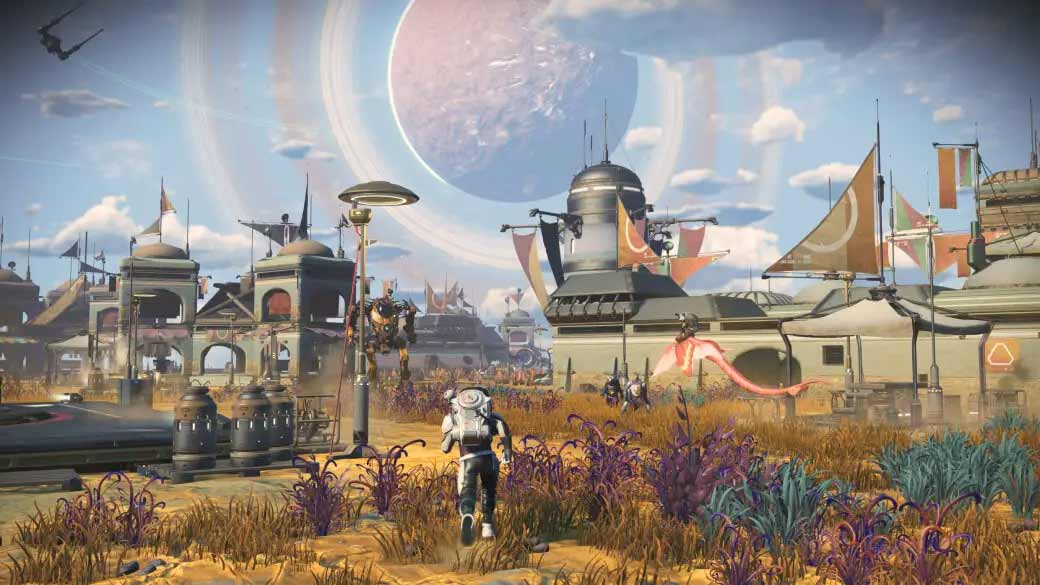
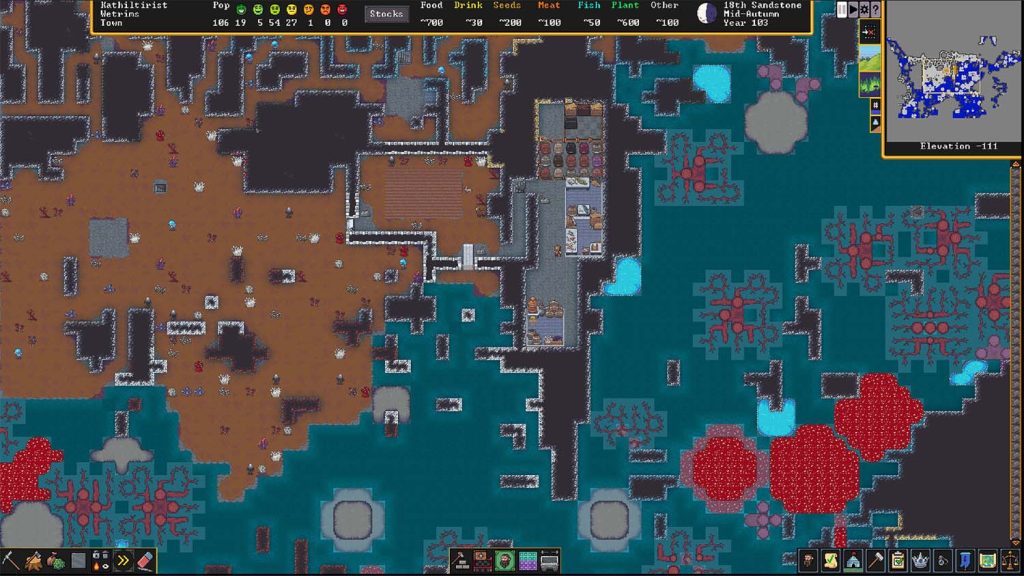
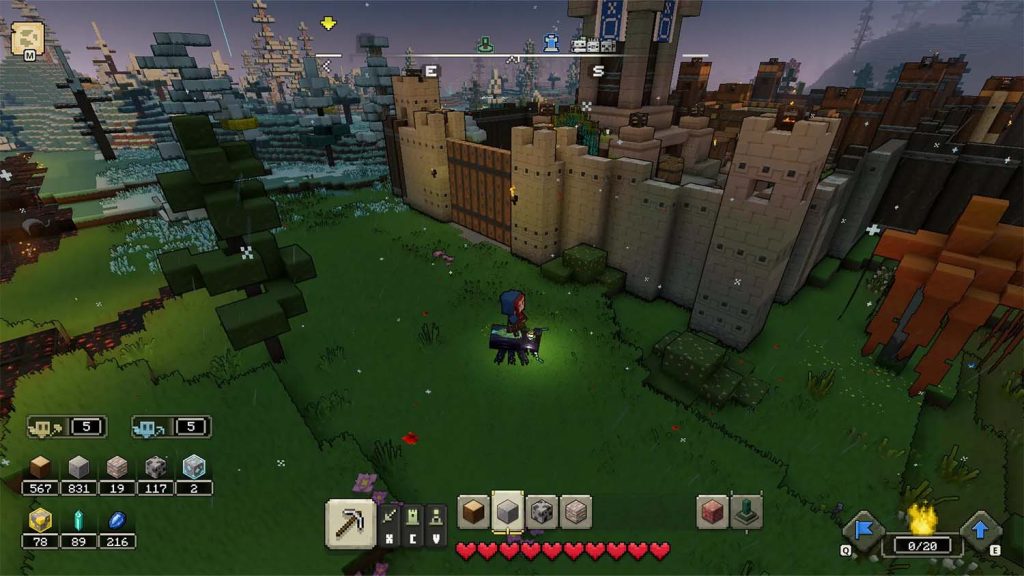
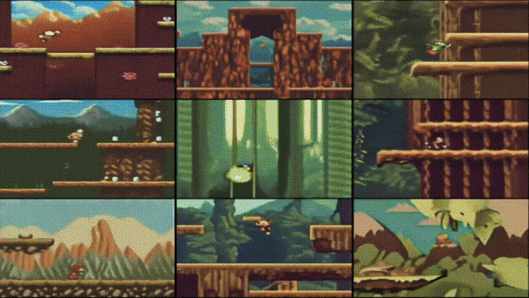

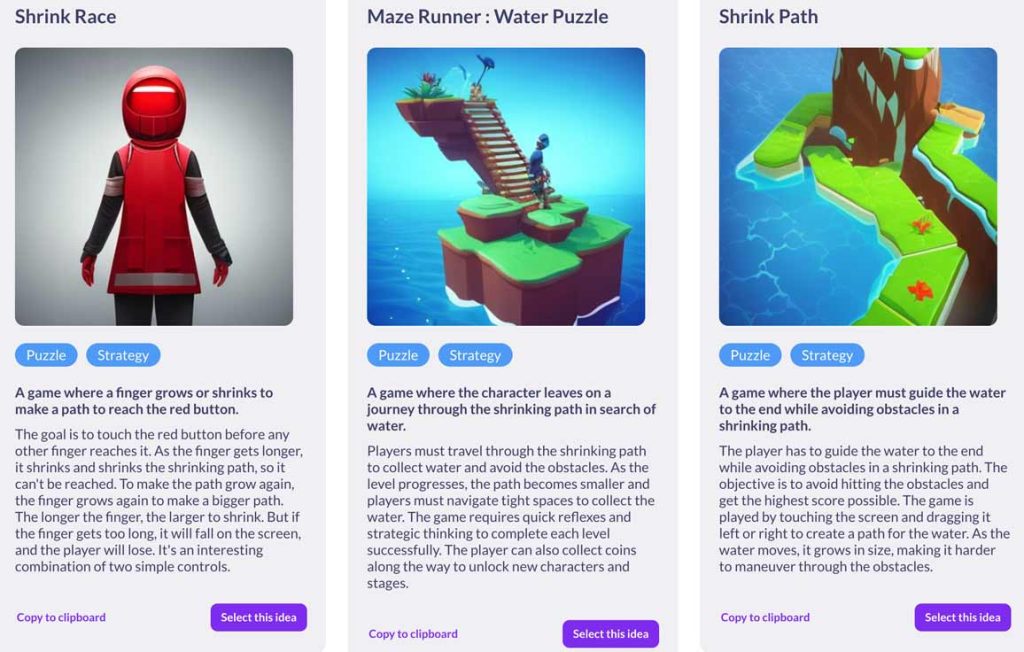
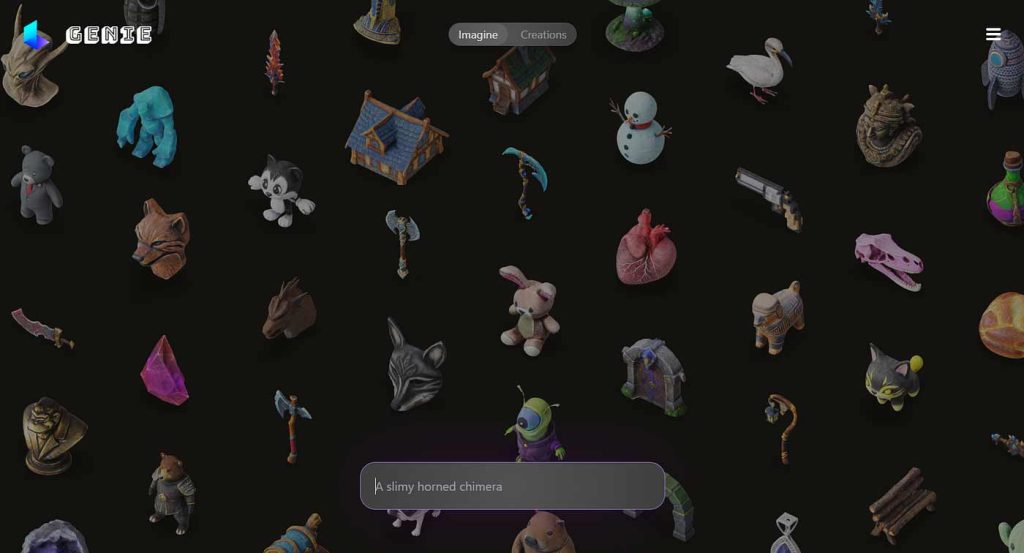
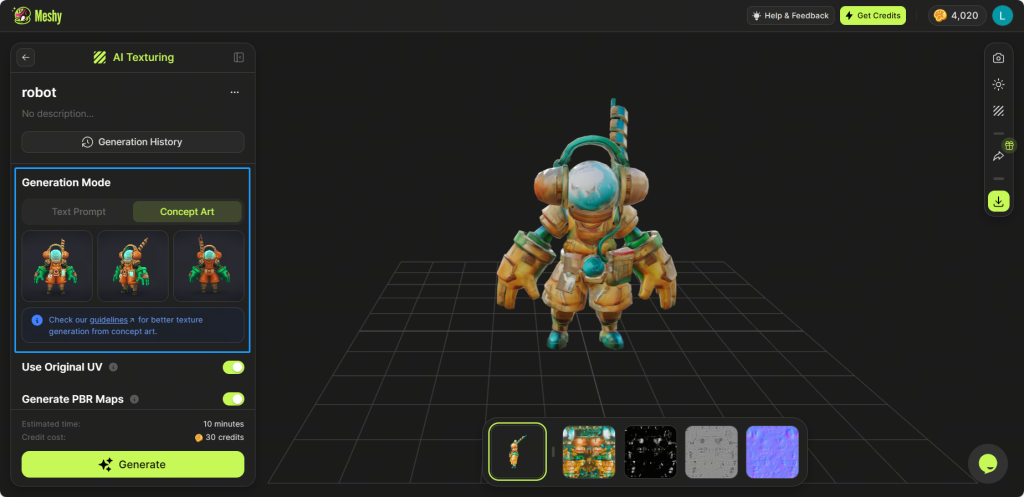
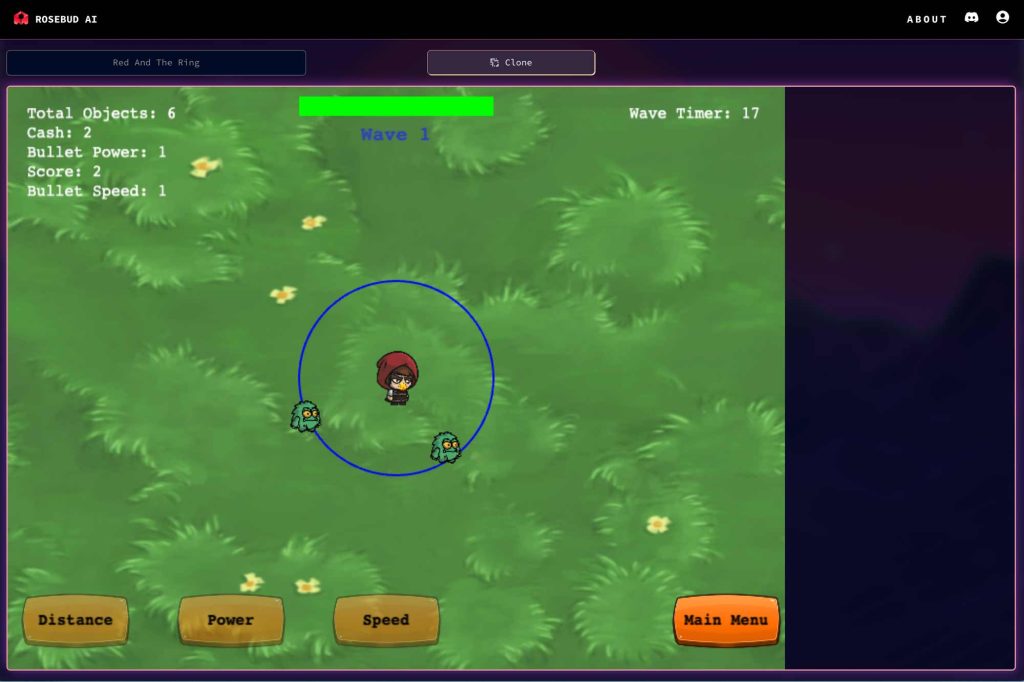


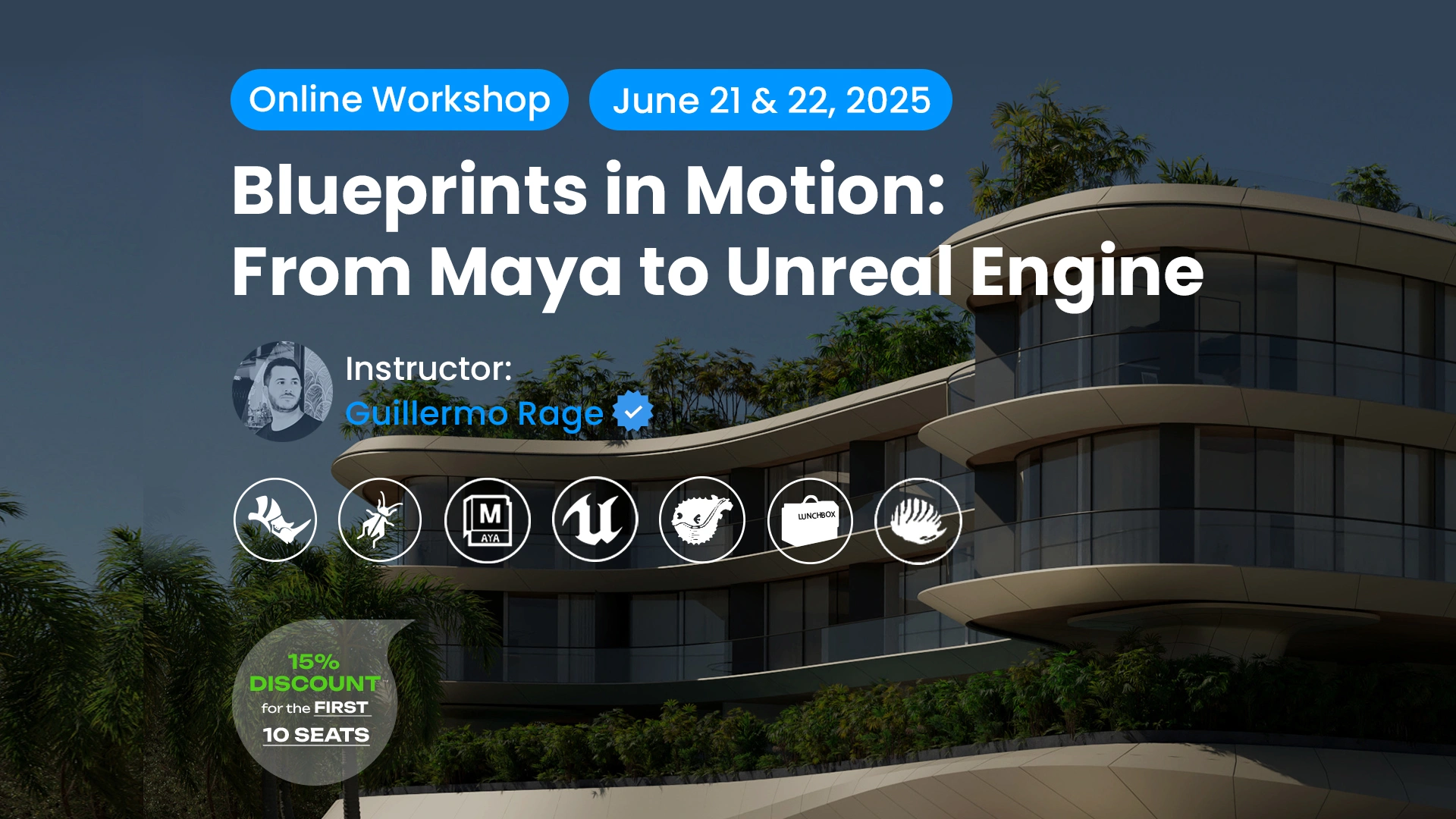











Leave a comment